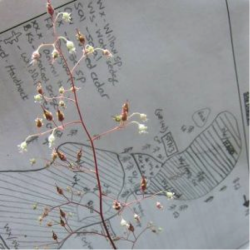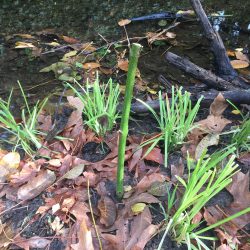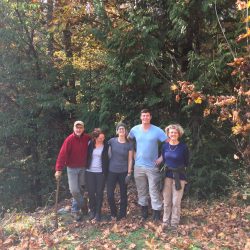Restore function into the landscape.
We specialize in Pacific Northwest native plants and intimately understand their role in ecological restoration. We are experts in developing restoration plans and planting designs, coordinating planting installation and providing maintenance services.
We have extensive experience planning and implementing restoration projects in riparian areas, wetlands, forests and Garry Oak meadows. We partner with local governments, private property owners and local non-profit organizations develop successful outcomes.
Recent projects include:
-
Lower Knarston Creek Riparian Restoration (Pacific Salmon Foundation, Regional District of Nanaimo, Nanaimo and Area Land Trust, 2019)
-
Holden Creek Riparian Restoration (Pacific Salmon Foundation, Regional District of Nanaimo, Nanaimo and Area Land Trust, 2019)
-
Knarston Creek Riparian Restoration (Regional District of Nanaimo, Nanaimo and Area Land Trust, 2018)
-
Chase River Riparian Restoration (Regional District of Nanaimo, Nanaimo and Area Land Trust, 2018)
-
Plum Creek Wetland Restoration (Regional District of Nanaimo, Cedar Wetland Stewards, Nanaimo and Area Land Trust, 2016-2018)








